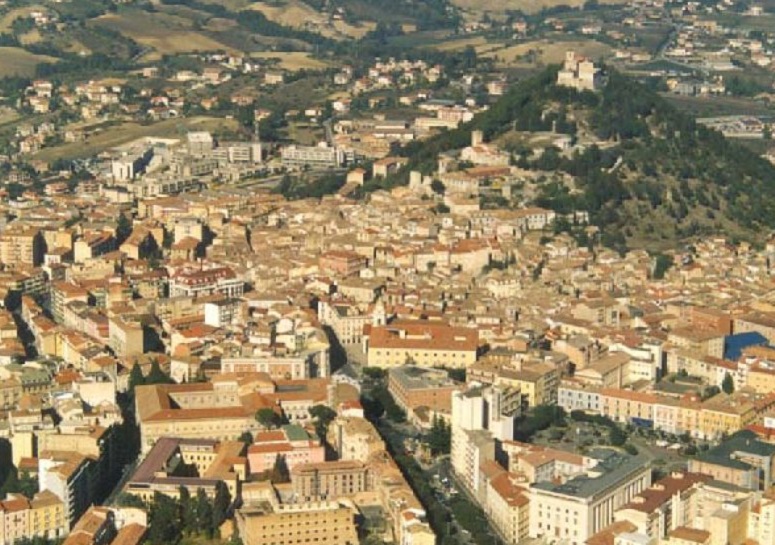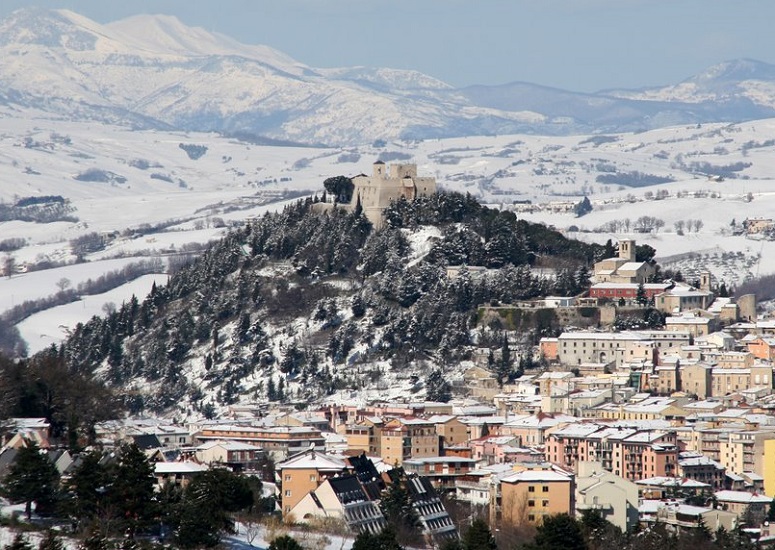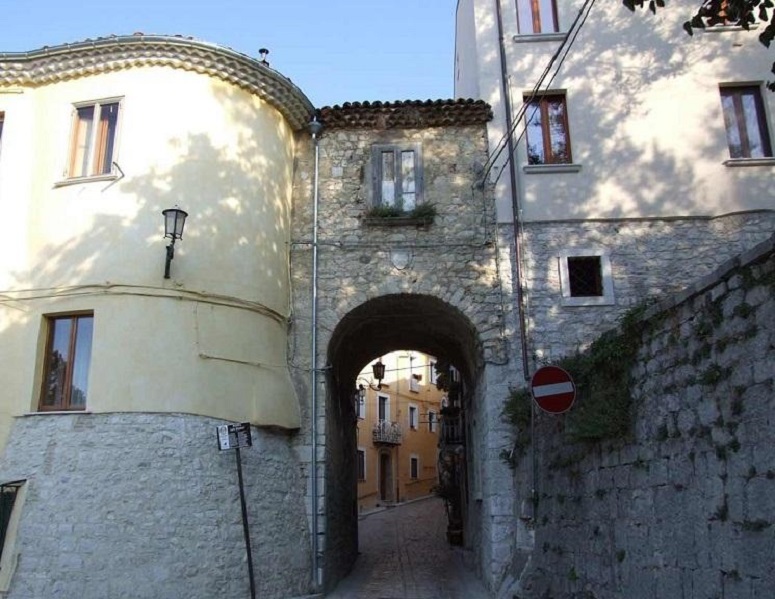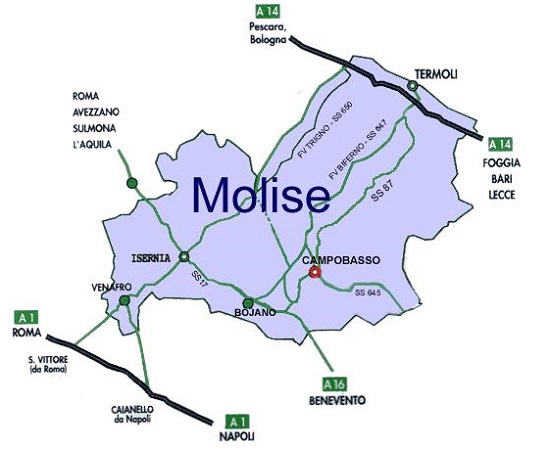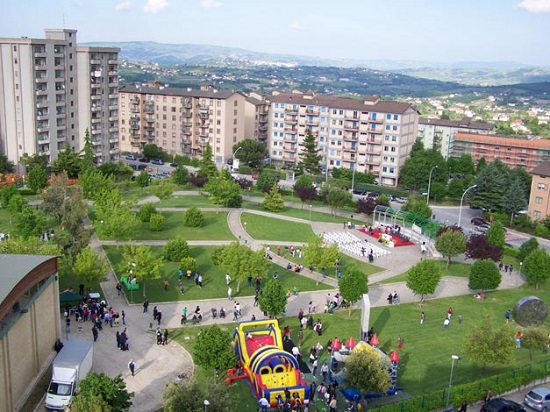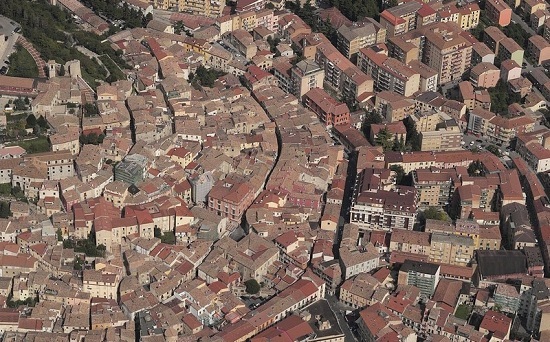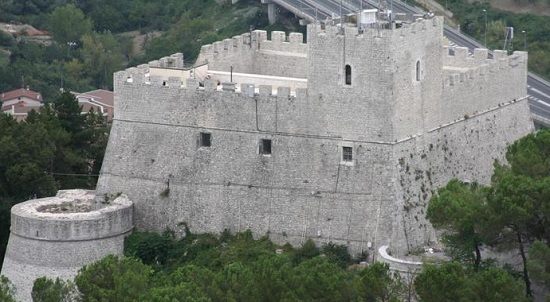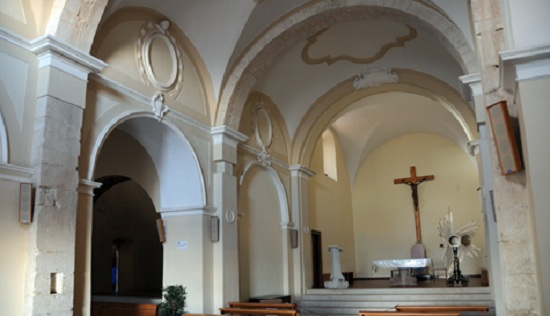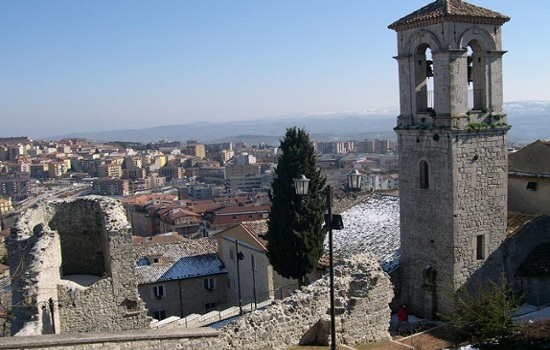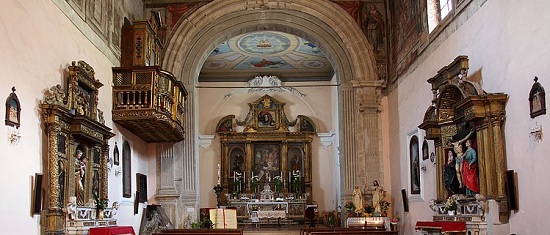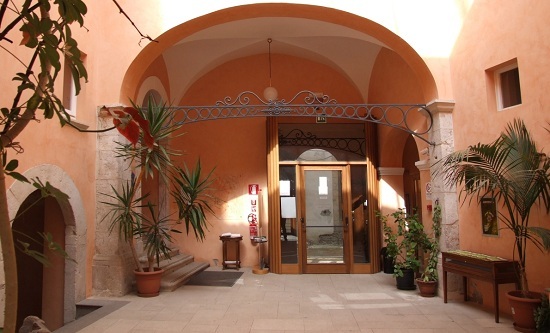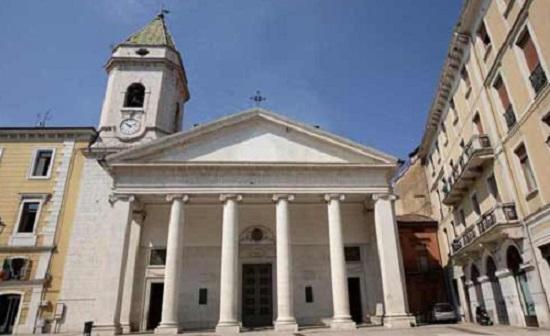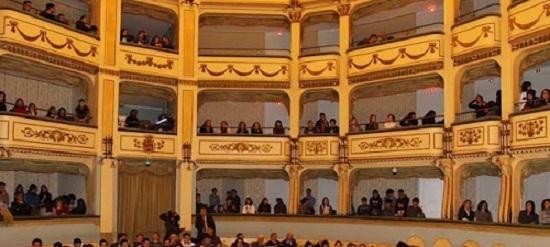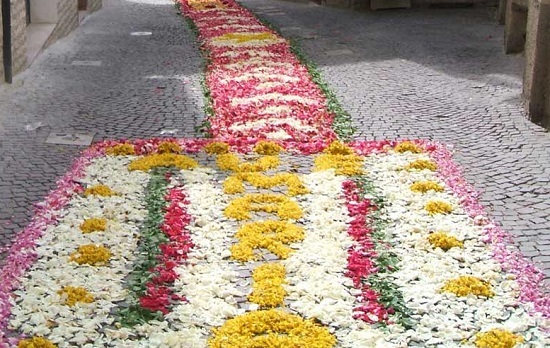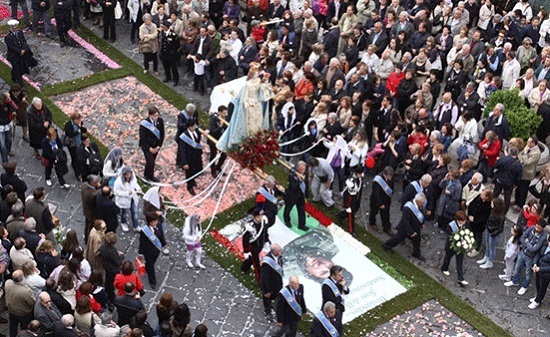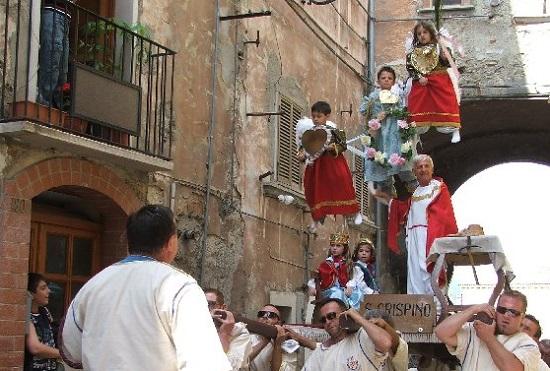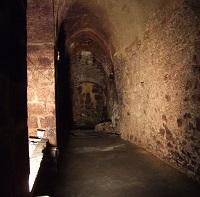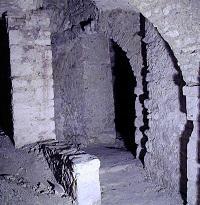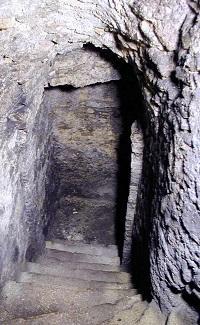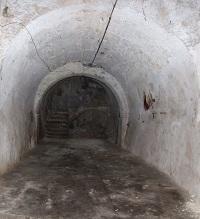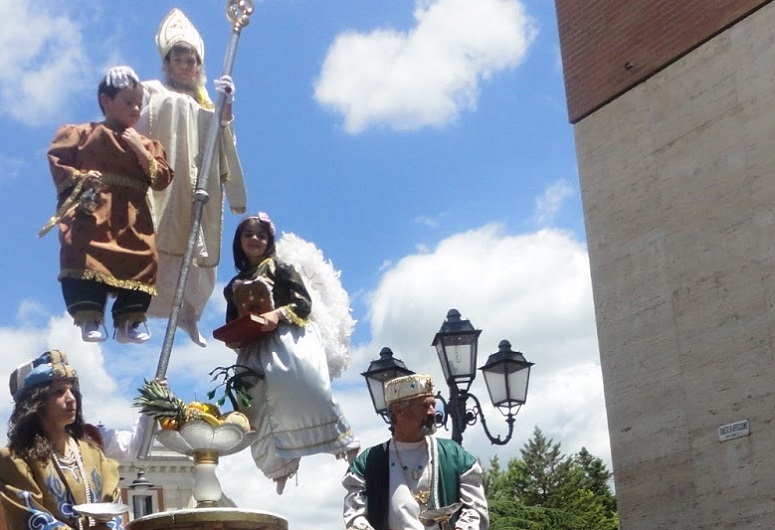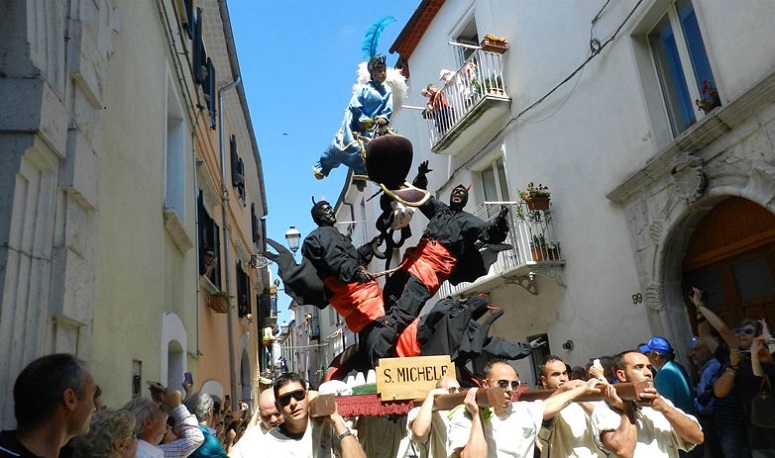|
The city of Campobasso, at 700 m. above sea level is located in the high basin of the Biferno river, surrounded by the Sannio and Matese mountains.
Thanks to its role as the administrative center taken in the nineteenth century, the city experienced urban expansion, based on a plan orthogonal axes system that gave it the nickname "Garden City."
Because of its altitude, the city is considered one of Italy's coldest. Its origins are likely Lombard, and, perhaps already existed in the eighth century with its own defensive walls built on the remains of an ancient fortification Sunni.
It is the capital of the Molise region and the province of Campobasso.
The original name was Campus Vassorum, suggesting that the city was the seat of the vassals of the Duke of Spoleto.
After the Norman conquest of Southern Italy, Campobasso lost its importance as a defensive stronghold, but became a significant trading and administration centre.
From 1330 to 1745 the city was ruled by the Monforte-Gambatesa family, who built the castle and established a mint.
Later it came under the control of the Di Capua, Gonzaga, Vitagliano, Carafa and Romano families.
In 1763 the citizens abandoned the old city and settled in the lower valley.
The current city was expanded in 1814 by the King of Naples Joachim Murat, and lies on the Campo Basso ("Low field").
The old town is arranged in a semicircle on the slope of the hill called Monte, dominated by the Monforte Castle, probably built by the Longobards, the castle was rebuilt in 1456-1463 by Count Cola di Monforte and appears as a square fort with crenelated walls and four corner towers.
Next to the castle is the church of San Giorgio, built in the tenth century of an existing church, which preserves precious frescoes from fourteenth century.
Further south is the church of St. Bartholomew, dating from the thirteenth century, the interior of which is divided into three naves with pointed arches.
Located near the homonymous port is the church of Saint Anthony Abate, inside are preserved precious works of art, including the main altar (1748) and the organ (1696).
In the historic center there is also the Romanesque church of San Leonardo, and the church of Santa Maria della Croce, the seat of the ancient brotherhood of the Crusaders.
The Sannitico Provincial Museum is found in the beautiful palace Mazzarotta and preserves an interesting collection of finds of the Samnite era.
Overlooking Piazza Gabriele Pepe there are some important palaces: the Convitto "Mario Pagano", with a garden full of botanical species, the Government Palace, and further ahead the Cathedral, in the neoclassical style, internally decorated with frescoes by Amedeo Trivisonno Romeo and Musa.
Next is the Savoy Theatre.
Events in the city
The Infiorata (Flower Festival).
The Infiorata is an event where local flowers are being used to create colorful carpets on the city streets in celebration of Corpus Domini. (Last week of May). On this day, the Madonna dei Monti ( Our Lady of the Mountains) is carried on a procession through the town's streets.
The Feast of Corpus Domini also known as Corpus Christi, (Latin for Body of Christ) is a Latin Rite liturgical solemnity celebrating the tradition and belief in the body and blood of Jesus Christ and his Real Presence in the Eucharist.
I Misteri di Campobasso
The Festival of Corpus Christi (Festival of Mysteries) is one of the regional events that are rooted in the soul of the people of Molise who consider it one of the most significant moments in the history of a region that create a link between the past, present and future.
In medieval times in many parts of Europe Corpus Christi was a time for the performance of mystery plays.
The name derives from mystery used in its sense of miracle, but an occasionally quoted derivation is from ministerium, meaning craft, and so the 'mysteries' or plays performed by the craft guilds.
Understanding the historical value of the mysteries means also understanding the history of a city, of his existence, of his becoming.
The procession opens with the Mysteries of St. Isidore and St. Crispino, respectively the patron saints of the farmers and of the shoemakers and consists of 13 mechanical widgets, called "ingegni", representing scenes from the Old and New Testament.
During the procession, they are carried along the streets of the town and the cadenced pace of the bearers, which makes the structures swing, creates the illusionary sensation of seeing angels and devils flying at a few meters from the ground.
The ingenuous machine were created in 1748 by artist Paolo Saverio di Zinno.
There are thirteen "mysteries" all with a specific symbolic meaning.
St Isodoro, San Crispino, San Gennaro, Abramo , Maria Maddalena, Sant' Antonio Abbate, Immacolata Concezione, San Leonardo, San Rocco, Assunta, San Michele, San Nicola, Santissimo cuore di Gesu' and the lost mysteries (some of the machines were destroyed ).
|

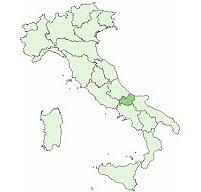
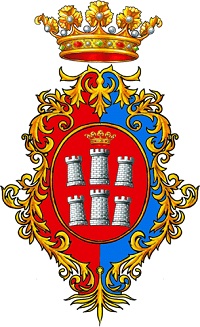
Churches
Sacro Cuore
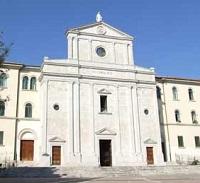
San Bartolomeo
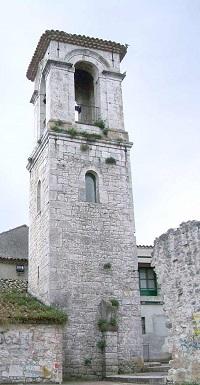
San Giorgio
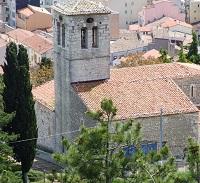
S. Giovanni Battista
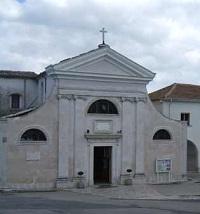
San Leonardo

Glimpse of the old city
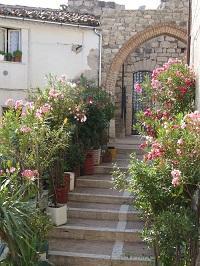
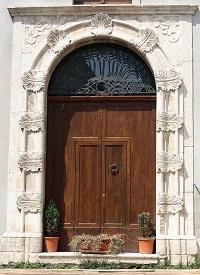
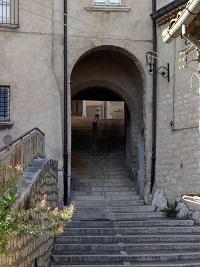

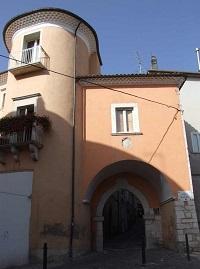
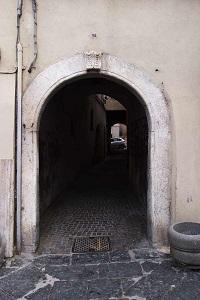
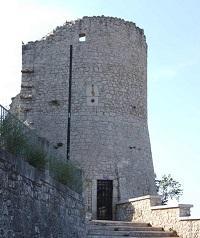
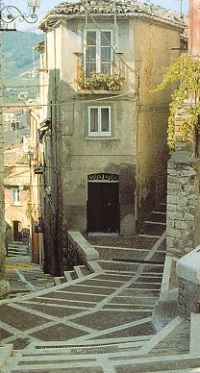
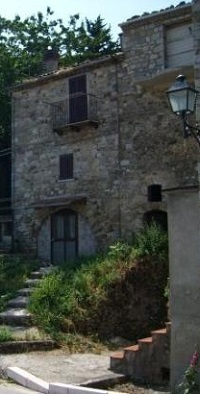
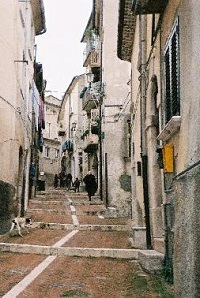 The Infiorata
The Infiorata
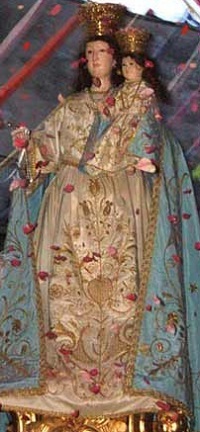
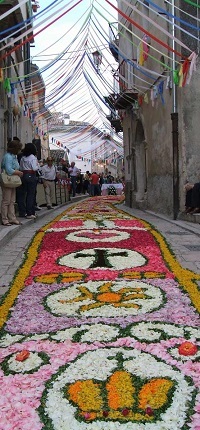
Below are the images of some of the underground man made chambers built over the centuries, representing a hidden reality of the old town.
A web of tunnels, a sort of "network" which in in medieval times allowed the garrison to quickly move from one tower to another and from the walls to the top of the hill.
During the Second World War were used as air raid shelters.
Currently are highly sought after to make them usable as pubs and restaurants.
|


